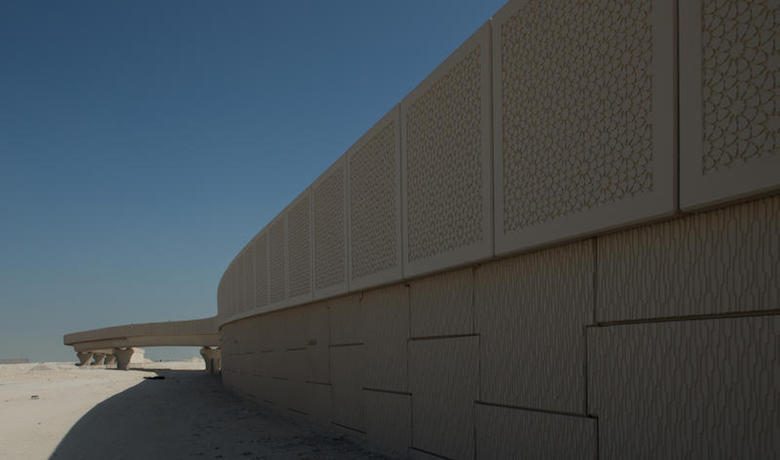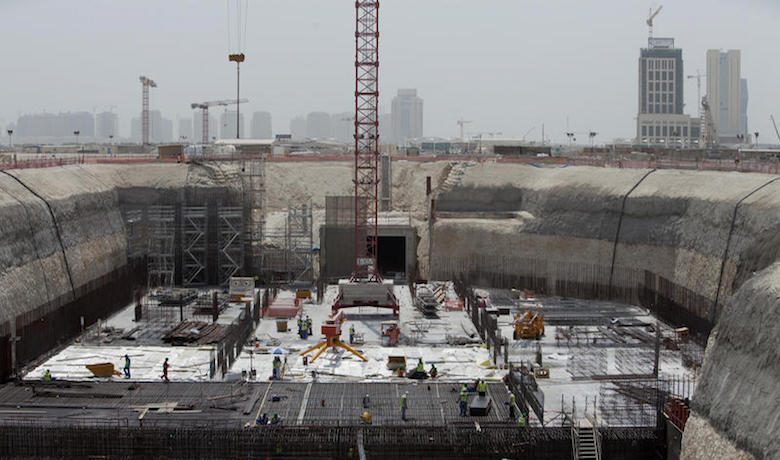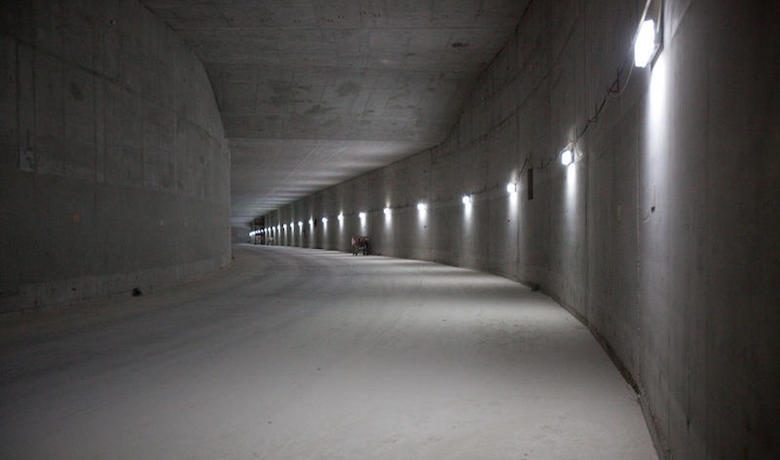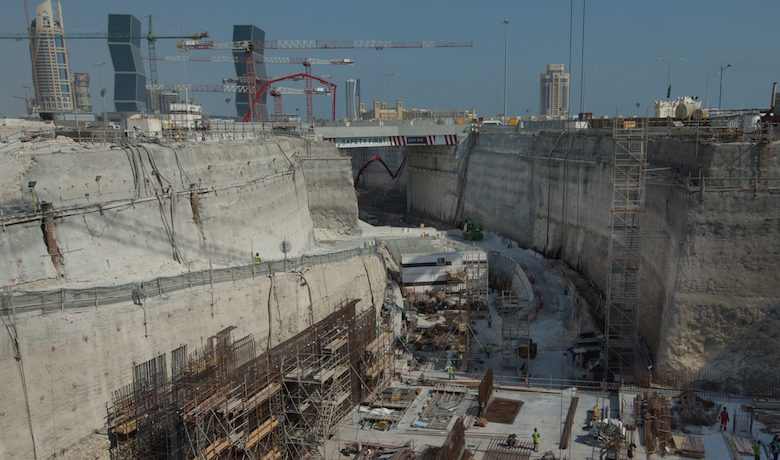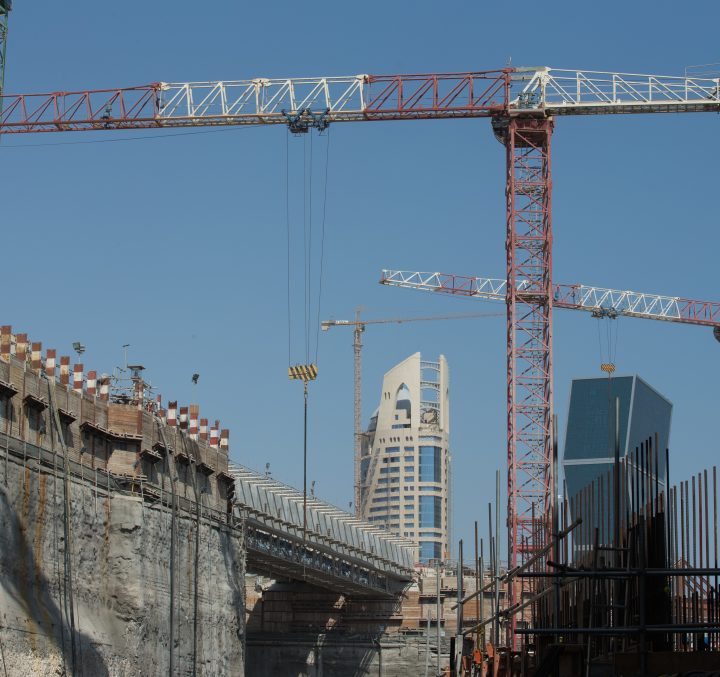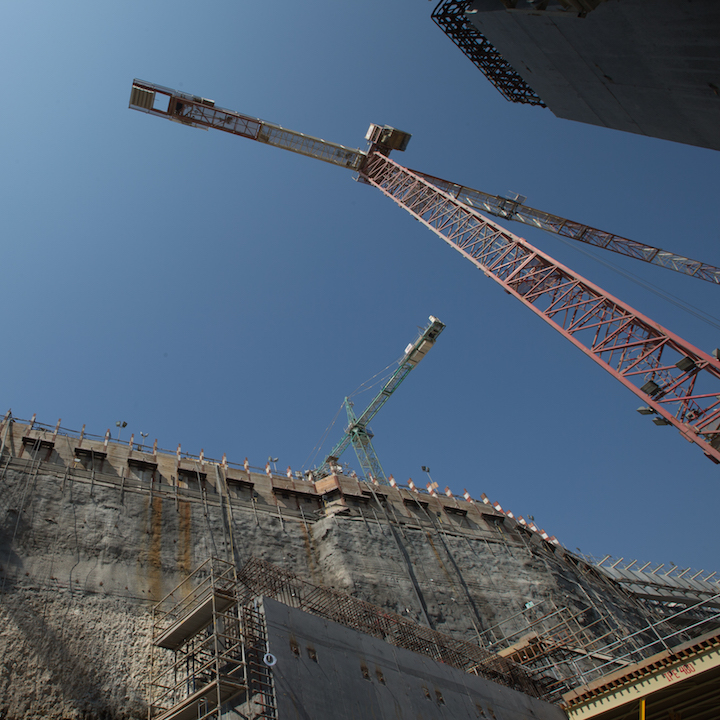BACKGROUND
Since 2005, the government of Qatar has, through the Qatari Diar investment fund, been undertaking the development of a new urban centre in the desert: the city of Lusail. This city is ready to welcome 200,000 residents and 400,000 visitors a day in an area measuring 21 square kilometres consisting of business districts, residential zones, schools, leisure services, and two 18-hole golf courses.
This LRT, built in a city that didn’t exist before, is one of the most modern public transport systems in the world; in addition, it used catenary-free technology (no aerial cables) in an effort to preserve the city’s visual appeal. This project reflects a contemporary and effective vision for urban development as it focuses on building transport infrastructure, especially a public transport system, first.
This LRT is a turnkey project delivery designed to serve the whole community. This design-build contract is carried out by QDVC in consortium with Alstom.


